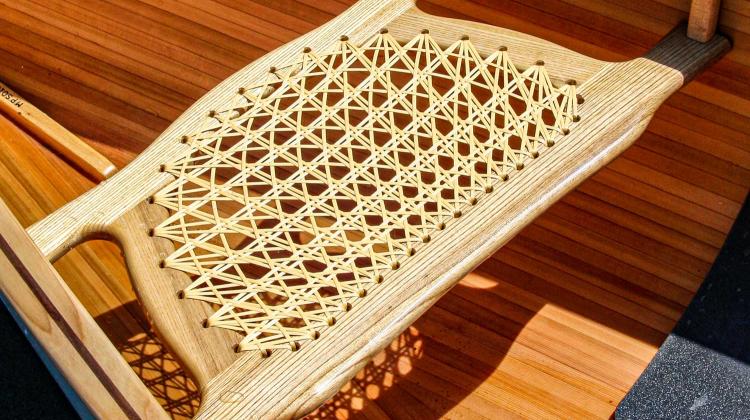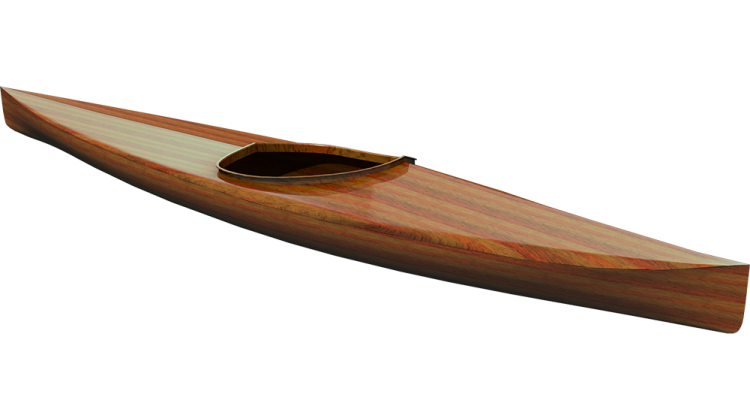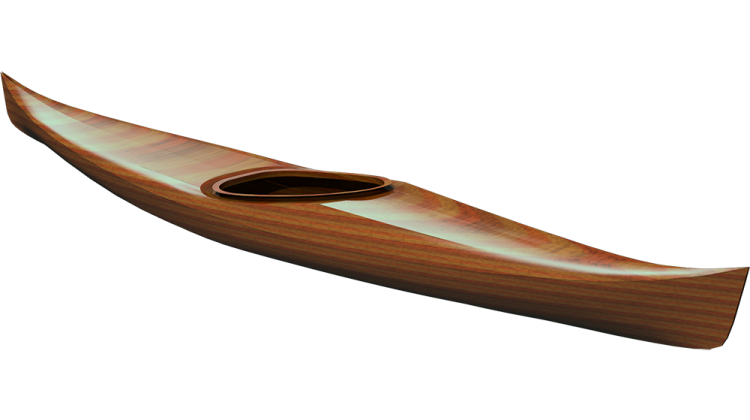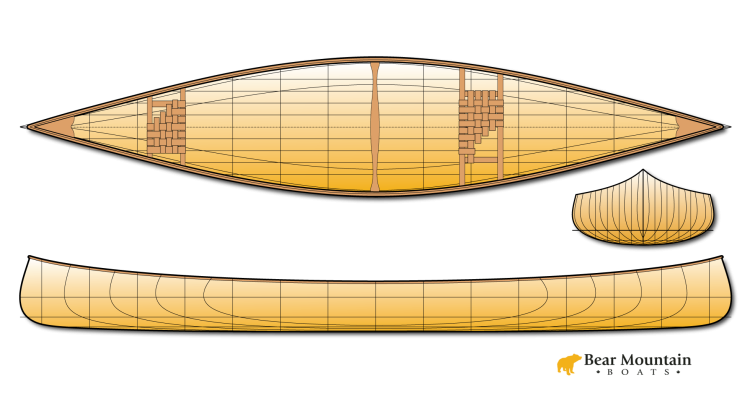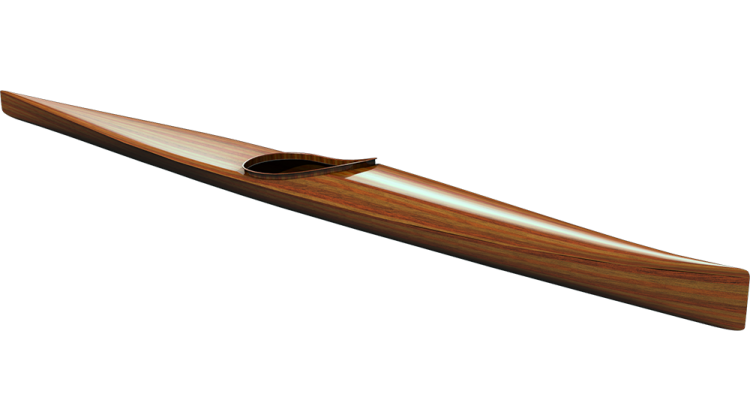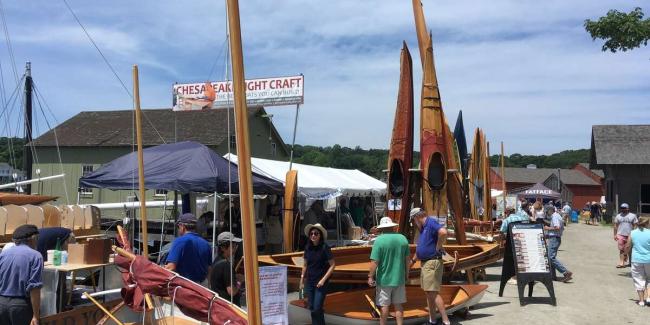I mill cove and bead strips on my router table. The old stand for my router table was getting annoying (it was rickety and wasn't rolling well due to being bent out of shape), so I decided to replace it. To save time I looked at a steel cabinet from Rockler but it was just too pricey. The table top I have is still good and I already had the steel "Dust Bucket" that I got from Rockler. I'm also still learning to use my ShopBot Buddy, and thought I could make this a good learning project. So, I decided to make my own.
I started by making some measurements in my shop of my existing router table and my other work tables. I wanted the table top at the same height as my other worktables so it and they could be used as infeed/outfeed surfaces as needed.
CAD Work
I have been using VectorWorks for CAD since I started with its progentitor MiniCad in about 1989. It is a powerful 3D design/modeling application that allowed me to design all the necessary parts and joints. I used a basic box joint combined with mortice and tenon joints that can be cut with CNC machinces. This requires a little "Dog bone" detail in the corners of the mortices to compensate for the radius corners created by the router bit. I created these by placing a small square slightly larger than the router bit at each corner and rotated to 45° allowing space for the bit to scoot in a cut right to the corner.
To save time by not switching out bits I made a zigzag groove to hold the drawer bottoms. The bottoms are 1/8" thick plywood. I used a 1/4" wide groove that steps up and down leaving a 1/8" wide space between the top and bottom edges.

I incorporate my paddle profile as a handle shape for the doors and the body plan of a kayak as hole in the drawers for opening them.
A really convenient resource is McMaster-Carr which has CAD files for many of the parts they sell. I got full 3D IGES models of the casters and the drawer slides that I imported into my model. This helped out on dimensioning and just made a better looking model. I didn't end up ordering the parts from McMaster, but I've bought enough stuff from them to pay for the service.
Once the 3D model was complete I converted each flat part to a 2D pattern by generating a hidden line rendering and composing that into a closed polygon. These parts were gathered and arranged as efficiently as I could on plywood. The ShopBot Buddy has a 24" x 48" work surface so I lay the parts out to fit on a quarter sheet of plywood. This layout is then exported as a DWG file format for importation into VCarve Pro. I used this to develop the tool paths for my CNC machine. I zero to the bottom of the material cutting so any variations in material thickness don't cause cuts into the spoil board.
A link to a ZIP file containing the DWG files of the cabinet are available at the bottom of this page.
Construction
The material I chose is 1/2" "Sande" plywood from HomeDepot. This is not very high quality stuff, but the price is good. HomeDepot has sheets of plywood that are pre-cut to 24" x 48" but it is cheaper to get a full 4'x8' sheet and have them cut it into quarters on their panel saw. They don't charge for the service.
It took less time to cut the parts than I spent designing the cabinet. I still have recurring issues where the file just stops cutting and I need to reset. I'm still trying to figure these out.
After cutting I gave all the parts a quick sanding with 220 grit and then coated everything with a little shellac. This is kind a minimal finish, but it provides some protection and dries really fast.
All the parts are assembled with yellow carpenters glue and clamped with some brads. In the video I am installing some 6" locking casters from HomeDepot, but ended up finding 4" full locking casters from Amazon at a very good price. I want 4 wheel steering so the cabinet is easy to move around the shop, but they need to lock so the table doesn't move when I'm working.
With the cabinet complete I installed the old router table top on the cabinet along with the dust bucket, ran the dust collection pipe out the back. I will secure this pipe to the little support bracket as soon as I can.
The old metal stand went out by the side of the road and was picked up by someone in less than an hour.
Note: The links to products are not due to sponsorship, I have no affiliation with them accept Amazon, I included them for information and good old SEO purposes. The Amazon links are through Amazon Associates and I will get a kickback if you buy something.

